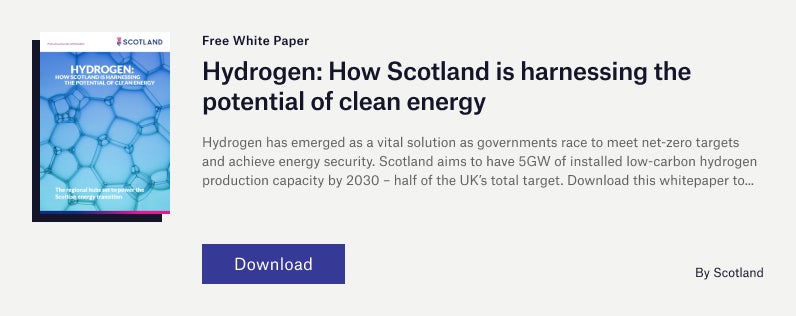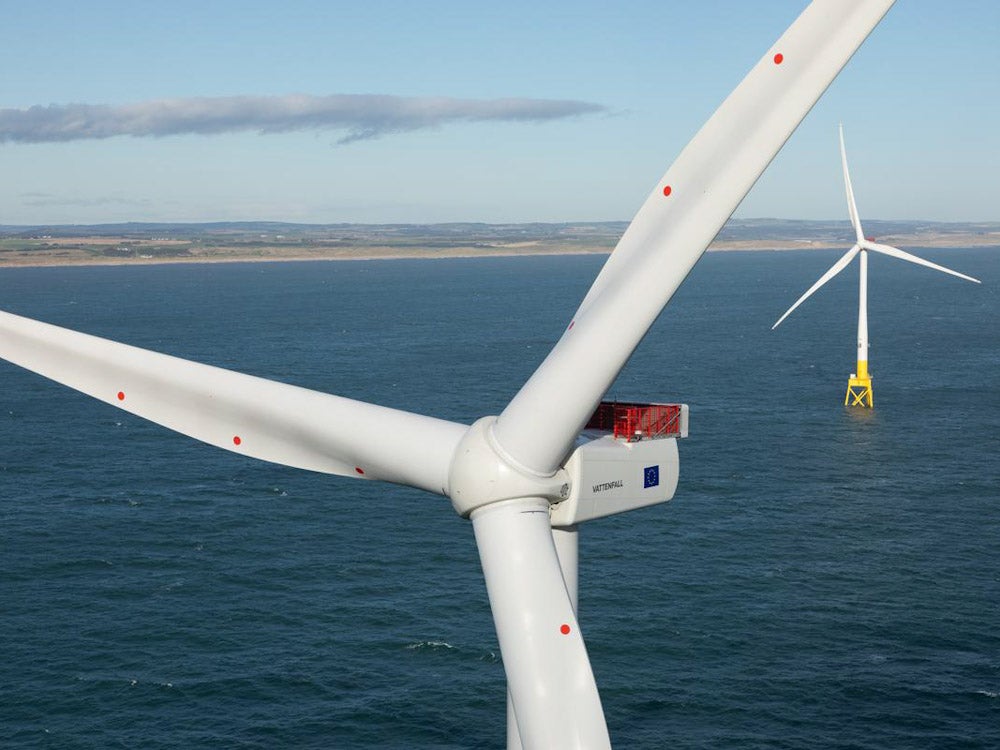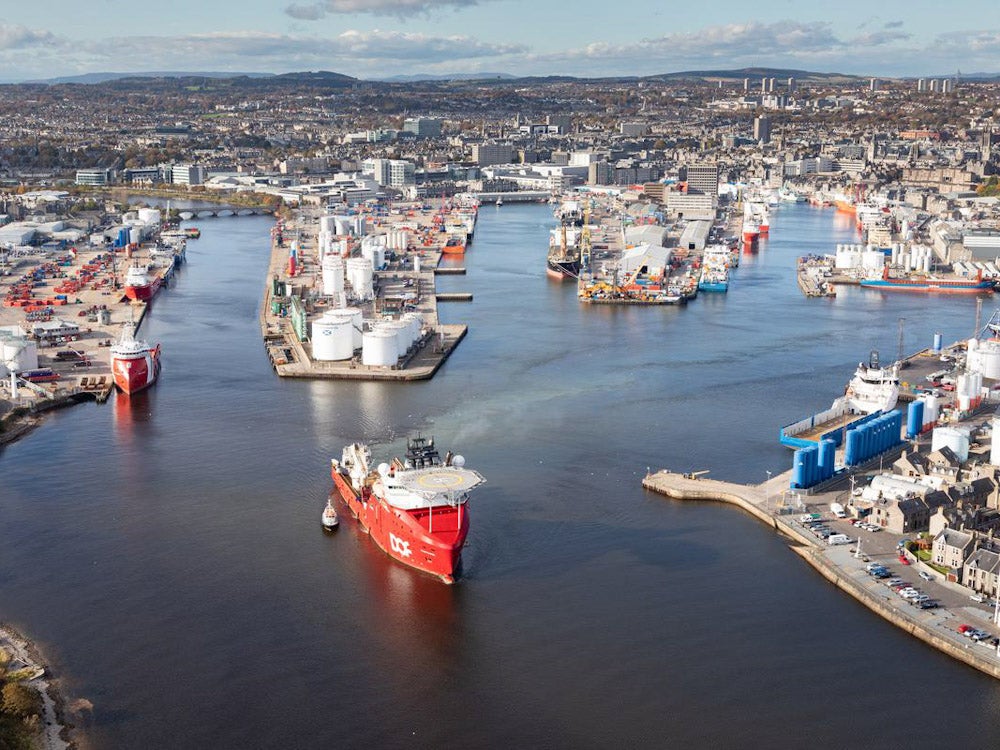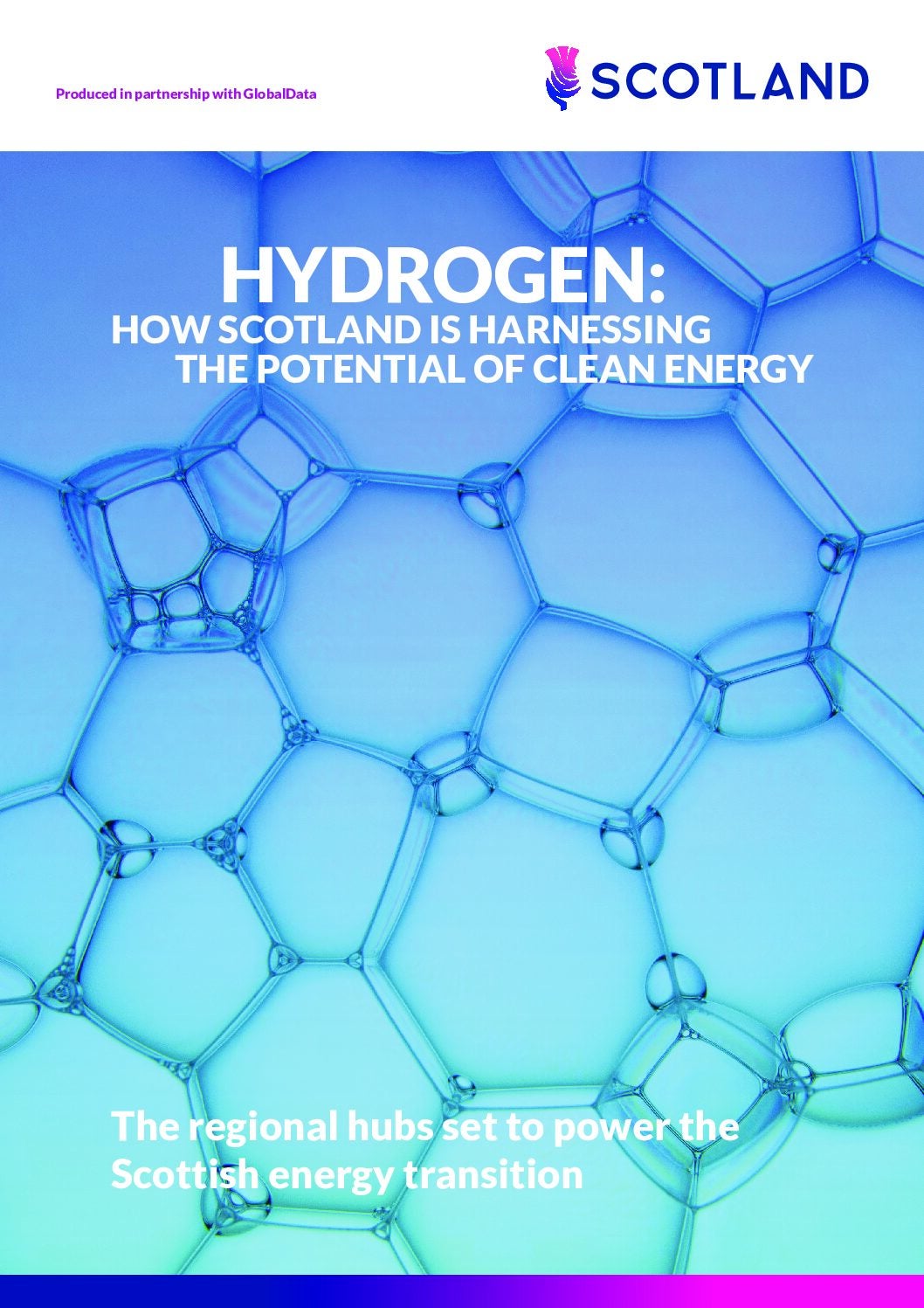
Green hydrogen is increasingly viewed as a solution to rocketing prices at the pumps and soaring energy bills as governments and businesses seek alternative options to increase energy security and meet net-zero targets.
The current energy crisis could well accelerate the adoption of alternative energy sources that are less exposed to fluctuations from global events. Furthermore, green hydrogen can theoretically be developed in most countries with the right infrastructure and expertise, without relying on imports.

The potential uses of hydrogen across multiple industries are vast. While not directly replacing oil and gas, hydrogen may very well be the fuel that is used across a comparative number of industries, from transportation to heating.
At present, hydrogen is mostly used in industrial processes as a feedstock, with 50% of all global hydrogen used to produce ammonia for fertilisers, with refining taking up 35% and the remainder used across industries such as glass, metal, electronics and even food, according to GlobalData figures.
However, this is all set to change dramatically within the next 30 years as nations and businesses race to decarbonise by 2050. What has intensified this surge towards hydrogen has been countries ending imports of Russian gas following the invasion of Ukraine.

Alongside producing no carbon emissions when burned, another major part of the appeal of green hydrogen is that unlike the majority of clean energy sources, it can be made in bulk and stored either as a gas or a liquid within containers, similar to oil or natural gas – albeit with far stricter storage requirements in terms of high pressure (if a gas) and extremely cold temperatures (if in liquid form). Scotland is at the forefront of this emerging energy sector.
The cost and efficiency of hydrogen
For transportation, hydrogen fuel cells have not always been as cost-efficient as diesel and lacked sufficient refuelling infrastructure. However, sky-high petrol and diesel prices are bringing the economics closer together.
British Columbia-based business Loop Energy recently claimed that its hydrogen fuel cells are now more efficient in trucks than diesel. The company claims that compared with European diesel costs of $1.91 a litre, a truck powered by hydrogen fuel cells could travel approximately 179km on $100 of fuel, while for the same equivalent amount of fuel, a truck running on diesel could travel 175km.
“Currently, hydrogen cost from fossil fuels (grey or brown hydrogen) goes for around $2 per kilogram (/kg),” says Barbara Monterrubio, energy transition strategy analyst at GlobalData. “While for low-carbon hydrogen costs, blue (grey with CCUS) and green (from renewables) go up to $4–6/kg. Comparing this with traditional fuels such as petrol and diesel, the costs range from $1.8–2.1 per litre.
“In terms of mileage, the latest tests on hydrogen models from Toyota and BMW have shown that a full hydrogen tank of 5kg will last around 300 miles at 17g per mile, while a similar diesel vehicle uses around 56g per mile, and a similar characteristics petrol vehicle uses 74g per mile.”
Hydrogen is viewed as a more viable option than electric batteries for trucks travelling long distances, which would make trucks too heavy to operate efficiently. Hydrogen is currently being used on a small scale in Scotland, such as in fuel for buses, street sweepers and refuse collection vehicles, with other uses in trains and ferries. The fuel is also viewed as a potential alternative to kerosene in aviation for long-haul flights.
Scotland’s green hydrogen production targets
Grey hydrogen emits an estimated 800 million tonnes of carbon dioxide (CO2) globally from the burning of fossil fuels in production, making it incompatible with the decarbonisation drive, while green hydrogen is produced from water through electrolysis powered by renewables, splitting the liquid into hydrogen and oxygen and emitting no CO2.
Scotland has an ambition to reach a total installed capacity of 5GW of low-carbon or renewable hydrogen production by 2030. This could mean producing between 700,000 and 800,000 tonnes of hydrogen per year depending on the mix of blue and green. This installed capacity target jumps to 25GW by 2045. Given that the current levels of green and blue hydrogen are fairly small quantities, such a scale-up of relatively new technology and processes poses considerable challenges.
When these targets were announced, there was some scepticism within Scotland about whether reaching such a high capacity was possible with a new energy source in a short space of time. However, the progress already has increased confidence within Scotland enough to suggest that these ambitious figures may even be surpassed.
“We have got around about 55 hydrogen projects on our database at the moment, and if you total them up, it does actually get to 5GW – and we are only in 2022,” says Jamie Robinson, hydrogen specialist for Scottish Enterprise’s low-carbon transition team. “More projects will come, and some might drop away or change in scale, but it gives us that confidence that the ambition can be met.”
There are signs that costs are starting to fall. Electrolysers are vital for the production of green hydrogen, with costs having dropped 60% in the last 12 years, according to figures from the International Renewable Energy Agency. Electrolyser costs could potentially fall by another 40% in the near term, with far greater reductions in the long term.
Many countries are now ramping up electrolyser production, and the technology is also increasing in scale from megawatt to gigawatt capacities. With demand for electrolysers set to surge, it is one particular area with first-mover opportunities in Scotland.
Funding for hydrogen projects
In Scotland, hydrogen development has the political will and funding behind it. The Scottish Government’s Hydrogen Action Plan will allocate £100m over five years to develop the technology and infrastructure required to build the sustainable hydrogen economy, with the target to meet around 16.6% of the nation’s energy needs by 2030. In the first phase of the capital investment programme, £10m is being issued to accelerate technological advances in the emerging sector, increasing innovation while reducing costs.
In a separate development, the Scottish Government’s Energy Transition Fund is increasing to more than £75m and provide £15m towards the Aberdeen Hydrogen Hub, which will advance the necessary infrastructure to establish a hydrogen-powered transport fleet, along with applications in other sectors in Scotland’s North East region. The Scottish Government also provided £26m for Aberdeen’s energy transition zone. Covering 40 hectares, the site is dedicated to operations that help meet net-zero targets and will serve as the commercial gateway for offshore infrastructure used in the renewables sector.
What could fast-track the development and roll-out of green hydrogen further is the involvement of one of the world’s major economies. Officials from Germany have visited Scotland this year to discuss hydrogen development and potential partnerships, which are progressing.
Scotland signed a declaration of intent with the German city of Hamburg to jointly develop green hydrogen and related technologies, with further details announced this week at the Wind Energy Hamburg event. Scotland has also signed a letter of intent for green hydrogen with the German state of Bavaria. Under the agreement, the plan is for Bavaria to import green hydrogen from Scotland, with the state supplying the nation with the necessary technology in return.
Skills and infrastructure for clean hydrogen
To produce green hydrogen, Scotland’s offshore wind energy reserves offer a substantial advantage, possessing a large quantity of all European wind resources. With similar levels of potential for tidal energy, opportunities to use renewables for green hydrogen production in Scotland are considerable.
A further significant advantage for Scotland is from its decades of experience in the North Sea oil and gas industry as much of the infrastructure and skills are transferable to hydrogen.

“The fundamentals of it are all there in terms of the skills, the knowledge, the engineering base that we have,” adds Robinson. “That definitely gives us a head start; in terms of capturing that supply chain benefit from the development of a hydrogen economy in Scotland, we have got an open goal in terms of the transferable skills. We know how to make things ‘offshore proof’. It is a very difficult environment to work in, and we have kind of cracked all that from the oil and gas experience.”
With so much investment being injected into developing the green hydrogen economy and building capacity, fuel costs are predicted to drop over the next five to ten years.
“It is likely going to at least half the cost of what it is. I have seen some analysts saying that it could even go as low as 10% of its current price. It is potentially huge,” adds Robinson. “Assuming that the electrolyser capacity and the supply chain can keep up with it, then economies of scale are going to happen, and everything is going to come down in price.”
To learn more about Scotland’s growing hydrogen sector, download the document on this page.



